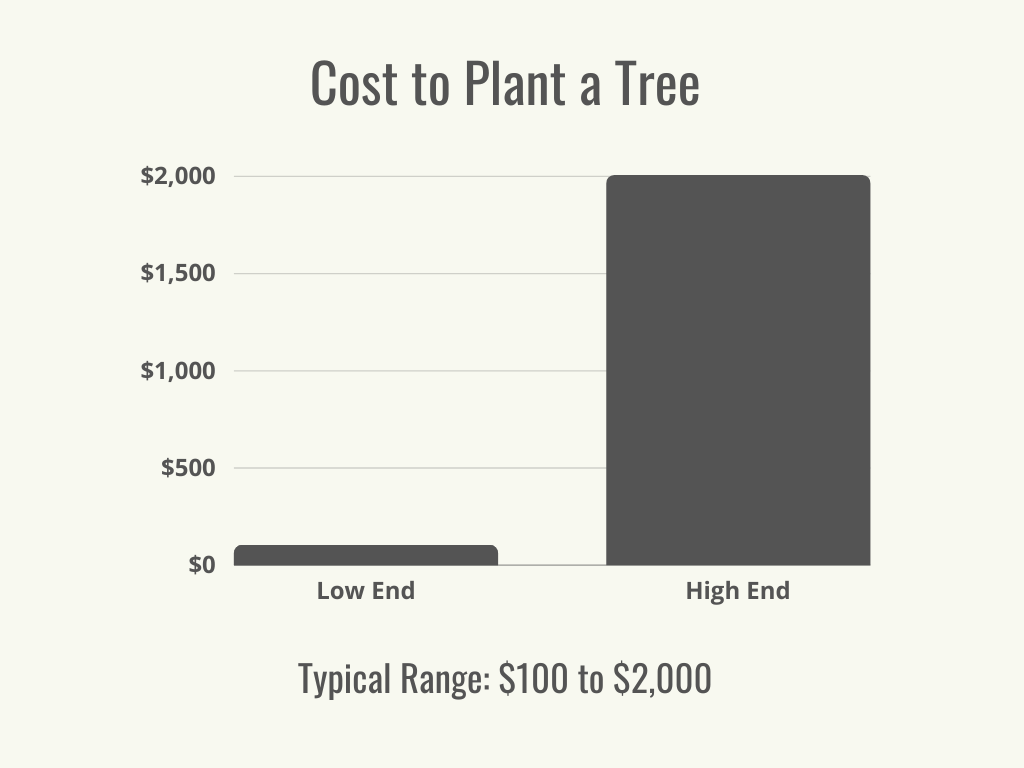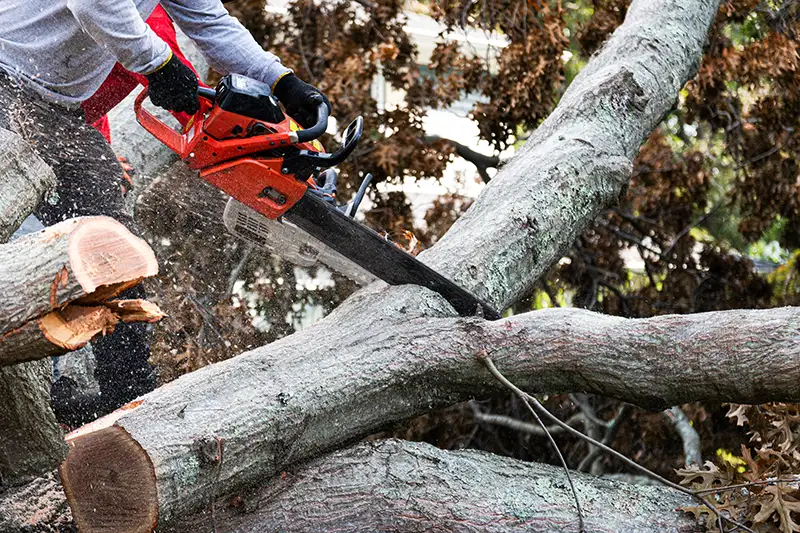Featured
Table of Contents
- – Multi-Unit Stump Removal Costs In Castle Rock,...
- – Castle Rock, CO Area Tree Service Costs: Compl...
- – Castle Rock, CO Tree Removal Price Comparison...
- – Factors That Impact Tree Clearing Prices In C...
- – Castle Rock, CO Tree Removal Experts: Pricing
- – Castle Rock, CO Arborist Pricing Structure
- – Current Stump Grinding Prices In Castle Rock,...
- – Castle Rock, CO Tree Cutting Reviews: Are Th...
- – Expected Costs For An Stump Removal In Castl...
- – Understanding Tree Service Estimates In Cast...
- – Castle Rock, CO Tree Cutting Removal Costs
- – Long-Term Stump Grinding Costs In Castle Roc...
- – Castle Rock, CO Stump Grinding: What Not To ...
- – Home Stump Grinding Costs In Castle Rock, CO
- – Getting Top Tree Removal Quotes In Castle Ro...

The subsections listed below supply more in-depth information about pricing, including a typical variety for each. TypeAverage Elimination CostPineConiferPalmMagnoliaArborvitaeAshCedarSweet GumEucalyptusSycamoreCypressOakMaplePoplar You can anticipate to pay between to get rid of a pine, depending upon its size. Removing a pine is one of the more budget friendly tasks unless it is one that has actually been around for many years and is rather large.
Multi-Unit Stump Removal Costs In Castle Rock, CO
Pines likewise have a tap root that grows deep into the soil, which can prove to be more difficult to get rid of. The procedure itself includes a specialist cutting the tree, clearing the base, cutting the surface area roots, removing the stump, and lastly treating the soil. Without an expert hand, you risk leaving pine seedlings behind, which will fall from the roots of distressed pines.
Castle Rock, CO Area Tree Service Costs: Complete Guide
The U.S. national average for conifer removal is roughly to have the conifer lowered, transported away, and the stump ground or eliminated totally. Conifers are typically easier to remove, and even though they can grow quite high, they do not cost a fortune to eliminate. Conifers include pine, spruce, fir, and juniper trees.
Castle Rock, CO Tree Removal Price Comparison Guide
While conifers are beautiful, they eliminate native plants and particular types of lawn (tree trimming). The typical cost of palm removal depends on the height as much as the type, varying from.
Factors That Impact Tree Clearing Prices In Castle Rock, CO
That is why it is essential to know which type you are removing. While you do not need an herbicide to kill a palm tree, there are some steps your elimination specialist will have to take to guarantee the task is done correctly. There are two ways they can eliminate them: by slicing them down or digging them up.
Castle Rock, CO Tree Removal Experts: Pricing
This is since small animals like rats and scorpions typically reside in them. Plus, many types will have spikes, too. From there, they get rid of the actual tree and after that the stump. Anticipate to pay in between to remove this type of tree, depending on the precise size and details of the job.
Castle Rock, CO Arborist Pricing Structure
There are three types: green, white, and black ash. White ash is understood for its numerous colors. With its gray-tinged bark, its leaves are green or purple in the spring and golden yellow or purplish-red in the fall. They enjoy moderate environments and great deals of sun. The green ash is named such due to its green or yellow foliage.
Current Stump Grinding Prices In Castle Rock, CO

Due to the variation in height, the removal cost variation is large from. A coniferous, evergreen tree, the cedar is a sturdy species.
Castle Rock, CO Tree Cutting Reviews: Are They Worth It?
The development of false cedars varies from 50 feet as much as 230 feet high. Property owners might pay anywhere from, depending on the roots. With star-shaped leaves and stunning fall colors, the sweet gum is thought about a medium to big tree. Delighting in full sun, the sweet gum can not endure contamination.
Expected Costs For An Stump Removal In Castle Rock, CO
It has a huge root base of 40 to 50 feet, which affects the elimination expense. Normally, it costs between to get rid of a eucalyptus. Eucalyptus are not typical everywhere, but they are rather large compared to others, which is why even the smaller ones are so costly to get rid of. Originally from Australia, eucalyptus are invasive plants that grow in thick groves that secure native plants.
Understanding Tree Service Estimates In Castle Rock, CO
There are a handful of ways to do this, consisting of burning, pulling, grinding, or eliminating them with herbicide. Anticipate to pay between to get rid of sycamores, based upon the height, trunk size, and quantity of work included. Sycamores are one of the largest wood trees, generally ranging from 60 to 100 feet tall and as broad as 15 feet.
Castle Rock, CO Tree Cutting Removal Costs
The first two actions will expose the withins of the tree and cut off the flow of nutrients up the trunk. From there, a professional uses herbicide to kill the tree and cuts down the trunk.
Long-Term Stump Grinding Costs In Castle Rock, CO
There are various types of Cypress trees, however the most widespread are the Leyland, Arizona, Bald, and Italian. The Bald Cypress grows in swampy or extremely damp areas while the others delight in a dry, warm, or hot environment (stump grinding). They can grow as high as 80 to 100 feet high
Castle Rock, CO Stump Grinding: What Not To Pay

Prone to illness, the Cypress is one of the most prized woods for furnishings. The typical oak grows to around 60 feet, and depending upon the intricacy of the elimination, it costs approximately to eliminate. The exact size of your oak and the effort required to fell it impact what you will actually pay for removal in addition to any extra services like stump grinding.
Home Stump Grinding Costs In Castle Rock, CO
Access to the trees and the roots will also impact the overall cost. Maples are typically among the more pricey trees to get rid of due to the fact that of their size and the work involved in the removal.
Getting Top Tree Removal Quotes In Castle Rock, CO
Poplars are giants of the types. Growing as high as 90 to 115 feet, these huge lumbers are mainly discovered in North America and include the aspen, cottonwood, and balsam trees. Boasting an extensive root system, poplars can be pricey to remove when fully grown. The process to get rid of trees includes all the trimming and cutting of the branches and trunk, bringing it down to a stump.
Table of Contents
- – Multi-Unit Stump Removal Costs In Castle Rock,...
- – Castle Rock, CO Area Tree Service Costs: Compl...
- – Castle Rock, CO Tree Removal Price Comparison...
- – Factors That Impact Tree Clearing Prices In C...
- – Castle Rock, CO Tree Removal Experts: Pricing
- – Castle Rock, CO Arborist Pricing Structure
- – Current Stump Grinding Prices In Castle Rock,...
- – Castle Rock, CO Tree Cutting Reviews: Are Th...
- – Expected Costs For An Stump Removal In Castl...
- – Understanding Tree Service Estimates In Cast...
- – Castle Rock, CO Tree Cutting Removal Costs
- – Long-Term Stump Grinding Costs In Castle Roc...
- – Castle Rock, CO Stump Grinding: What Not To ...
- – Home Stump Grinding Costs In Castle Rock, CO
- – Getting Top Tree Removal Quotes In Castle Ro...
Latest Posts
Eco-Friendly Tree Clearing Costs In Sonterra, TX
Breaking Down Tree Clearing Costs In Munhall, PA
Fort Scott, KS Arborist: Financing Plans
More
Latest Posts
Eco-Friendly Tree Clearing Costs In Sonterra, TX
Breaking Down Tree Clearing Costs In Munhall, PA
Fort Scott, KS Arborist: Financing Plans